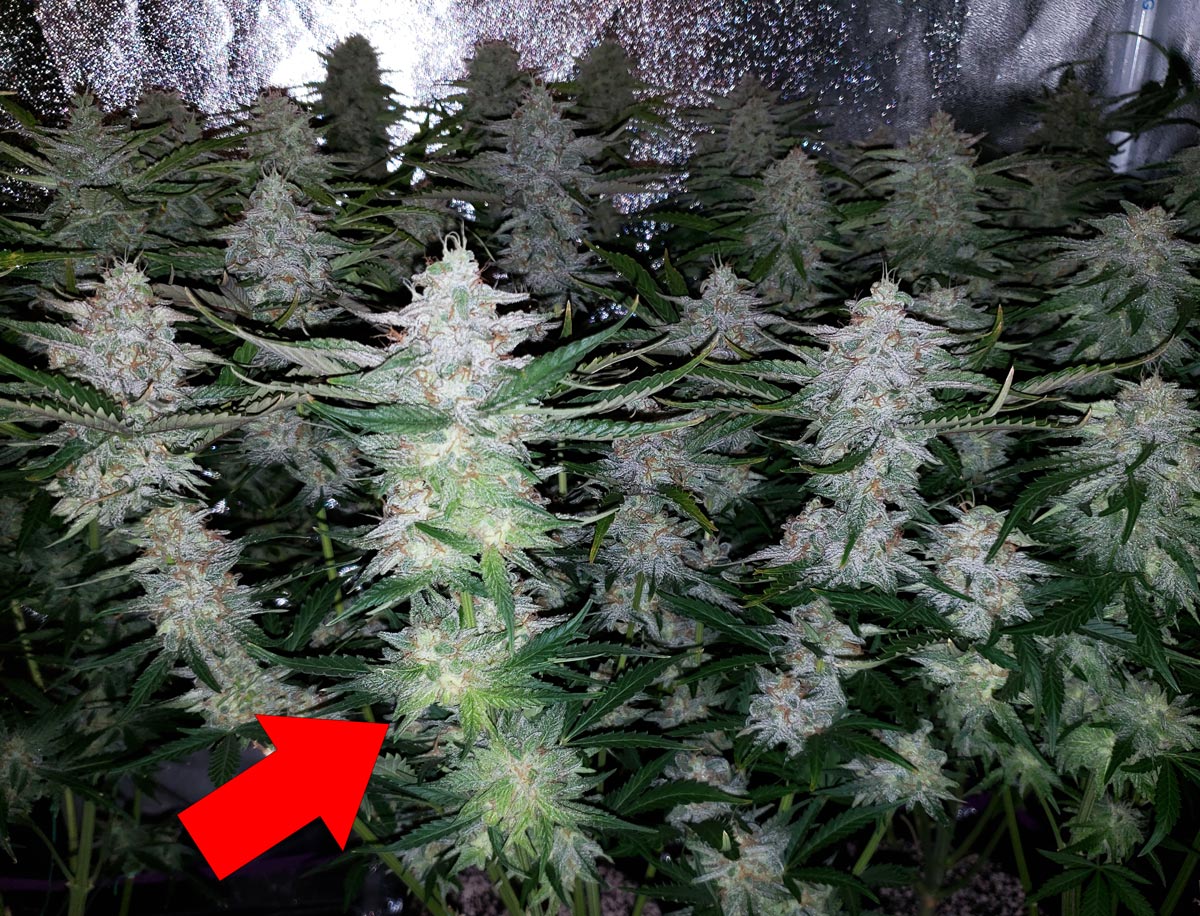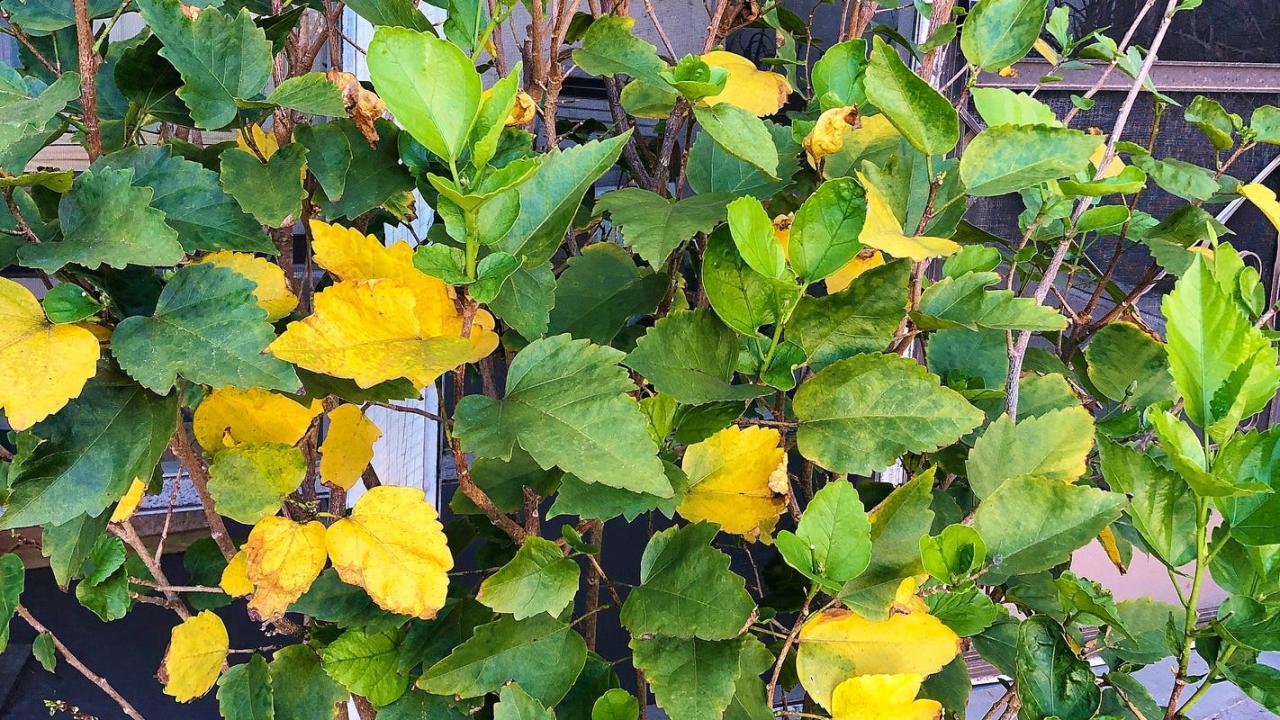Why Are My Buds Turning Yellow – Seeing your buds turn yellow can be alarming and might leave you wondering what went wrong. Yellowing buds are often a sign of underlying problems that need addressing. Whether you’re a seasoned gardener or a beginner trying to maintain your plants, understanding the reasons behind this yellowing can lead you to better care practices. In this comprehensive guide, we will explore various causes for yellowing buds, how to identify the issue, and what steps you can take to restore your plants to health. 🌱
Understanding Plant Health
Before diving into the specifics, it’s crucial to grasp the fundamentals of plant health. Plants, like all living organisms, require certain conditions to thrive. These include adequate light, water, nutrients, and proper temperature. If any of these elements are lacking or out of balance, your plants may show signs of stress, including yellowing buds.
The Role of Nutrients
Nutrients are vital for plant health. They play essential roles in photosynthesis, growth, and development. The primary nutrients that plants require are nitrogen, phosphorus, and potassium, along with secondary nutrients like calcium, magnesium, and sulfur. Here’s a table summarizing the nutrients and their functions:
| Nutrient | Function |
|---|---|
| Nitrogen (N) | Promotes leafy growth and is crucial for protein synthesis. |
| Phosphorus (P) | Encourages root development and flowering. |
| Potassium (K) | Enhances overall plant health and stress resistance. |
| Calcium (Ca) | Essential for cell wall structure and growth. |
| Magnesium (Mg) | Vital for chlorophyll production and photosynthesis. |
Common Reasons for Yellowing Buds
1. Nutrient Deficiencies
The most common reason for yellowing buds is nutrient deficiency. When a plant lacks essential nutrients, it may start to use stored nutrients, leading to yellowing leaves and buds. Nutrient deficiencies can often be identified by the specific pattern of yellowing:
– Nitrogen Deficiency: Generally causes older leaves to yellow first, while new growth remains green.- Iron Deficiency: Often leads to yellowing between the veins of younger leaves, leaving the veins green.- Magnesium Deficiency: Causes yellowing in older leaves, with green veins still visible.> Important Note: Conducting a soil test can help identify which nutrients may be lacking, allowing for targeted fertilization. 📊
2. Overwatering or Underwatering

Watering practices significantly impact plant health. Both overwatering and underwatering can result in yellowing buds:
– Overwatering: Leads to root rot, preventing the roots from absorbing nutrients effectively. As a result, the plant may exhibit yellow leaves and buds.- Underwatering: Conversely, lack of water causes stress, leading to wilting and yellowing as the plant struggles to survive.
3. Light Conditions
Proper light is critical for healthy plant growth. Insufficient light can result in weak, leggy growth and yellowing buds, as the plant stretches toward the light source. On the other hand, too much direct sunlight can scorch leaves, leading to yellowing.
> Important Note: Ensure your plants receive adequate light for their specific needs, and adjust their positioning as necessary. ☀️
4. Pests and Diseases
Pests and diseases can severely affect plant health, often resulting in yellowing buds. Common pests that can cause this issue include:
– Spider Mites: These pests can suck the sap from the plant, leading to yellowing and stippled leaves.- Aphids: They can transmit diseases and cause yellowing by feeding on the plant’s sap.Diseases such as root rot, blight, or powdery mildew can also cause yellowing as they affect the plant’s ability to transport nutrients and water.
5. Environmental Stress
Environmental factors, such as extreme temperatures or humidity levels, can contribute to yellowing buds. Sudden changes in temperature can shock plants, leading to yellowing leaves and buds as they struggle to adapt. Additionally, high humidity can create ideal conditions for fungal infections, while low humidity can lead to dehydration.
6. Soil Quality
The quality of your soil plays a significant role in nutrient availability and plant health. Poor soil quality may not retain nutrients effectively or may be too compacted, preventing roots from growing freely. It’s essential to use quality soil and amend it with organic matter to improve its structure and fertility.
Identifying the Problem
Identifying the specific cause of yellowing buds requires careful observation and a systematic approach. Here are steps to help diagnose the issue:
1. Visual Inspection
Start with a thorough visual inspection of your plants:
– Look for signs of pests, such as webs or small insects.- Observe the leaves closely for patterns of yellowing.- Check for wilting or drooping, which can indicate watering issues.
2. Soil Check, Why Are My Buds Turning Yellow
Examine the soil conditions:
– Use your fingers to check if the soil feels too wet or dry.- Test the soil pH to ensure it falls within the appropriate range for your plants (usually between 6.0 and 7.0 for most plants).
3. Nutrient Analysis
Consider conducting a soil test to identify any nutrient deficiencies. Many gardening centers offer soil testing kits, or you can send a sample to a local agricultural extension office for analysis.
4. Evaluate Light and Environment

Assess the light conditions your plants receive:
– Are they receiving enough light for their needs?- Are they exposed to extreme temperatures or drafts that could affect their health?
Solutions for Yellowing Buds: Why Are My Buds Turning Yellow
1. Adjust Nutrient Levels
If a nutrient deficiency is identified, amend the soil with the necessary fertilizers. Use a balanced fertilizer or targeted nutrient solutions depending on the deficiency. Be cautious not to over-fertilize, as this can lead to other issues.
2. Optimize Watering Practices
Adjust your watering schedule based on the plant’s needs. Ensure the soil drains well to prevent overwatering. Consider using pots with drainage holes to help manage excess water. To check for underwatering, feel the soil’s moisture level before watering, and only water if the top inch feels dry.
3. Improve Lighting Conditions
If light conditions are inadequate, consider relocating your plants to a brighter area or supplementing with grow lights. For plants sensitive to direct sunlight, use sheer curtains to diffuse harsh rays while still providing ample light.
4. Address Pest and Disease Issues
Take immediate action if pests are found:
– Use insecticidal soap or neem oil to treat infestations.- Isolate infected plants to prevent the spread of diseases.If diseases are present, remove affected leaves and apply appropriate fungicides or treatments as necessary. 🛠️
5. Enhance Soil Quality
Improve soil quality by incorporating organic matter such as compost or aged manure. This will help enhance nutrient availability and soil structure. Additionally, ensure the soil is well-draining to support healthy root development.
6. Monitor Environmental Conditions
Keep track of temperature and humidity levels in your growing area. Utilize fans or humidifiers to maintain optimal conditions. Avoid placing plants in drafty areas or near heat sources that can cause temperature fluctuations.
Preventing Yellowing Buds in the Future
To prevent yellowing buds from becoming an ongoing issue, implement proactive measures in your plant care routine:
1. Regular Maintenance
Establish a routine for inspecting your plants. Regularly check for signs of pests or nutrient deficiencies. Conduct soil tests annually to ensure it remains healthy and nutrient-rich.
2. Balanced Fertilization
Use a balanced fertilizer according to the needs of your plants. Follow the recommended application rates and avoid over-fertilizing, which can harm plants.
3. Water Wisely
Water deeply but infrequently to encourage deep root growth. Adjust your watering based on seasonal changes in temperature and humidity, and always check soil moisture before watering.
4. Educate Yourself About Plant Needs
Take the time to research the specific requirements of your plants. Understanding their light, water, and nutrient needs will help you avoid yellowing issues in the future.
5. Keep a Plant Care Journal
Documenting your care routines, watering schedules, and any issues you encounter can provide valuable insights into your gardening practices. This will help you identify patterns and make necessary adjustments for healthier plants over time.
Yellowing buds can be a sign of distress in your plants, but with careful observation and appropriate action, you can restore their health. By understanding the underlying causes, you can ensure your plants thrive and enjoy vibrant, healthy foliage and blooms. 🌸
